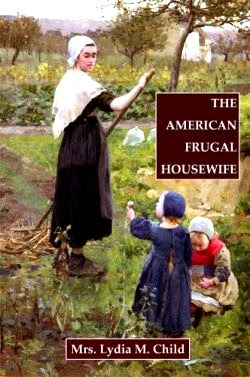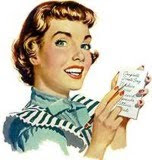
I love the Better Homes and Gardens Home Canning Cook Book, published in 1973. It is one of the first cookbooks I purchased when I started canning on my own after we returned to the Midwest from living in Germany. I also had a Kerr book, purchased that first year as well.
I found plenty to can in this book; I still use many of the recipes, modified, however, to meet current guidelines. I no longer add flour to my beef stew recipe, and now I water-bath my jams and jellies instead of turning over the hot jar or using paraffin, for example. That said, the recipe combinations are first rate.
This book also includes freezing recipes, and a section of recipes for using your canning efforts that are very good.
We have weighed and measured meats and produce and give those measurements for you, but remember they are guidelines only. I always have an extra jar and an extra half-size jar ready “just in case” I don’t have enough or have too much. The weights and measurements are intended to help you be “in the ball park” when prepping your food.
As always, check out the guidelines and helps under our “canning” section. We hope you will find something new to try if you’re an experienced canner and perhaps be inspired to start canning if you don’t already.
Check sites like Amazon for this book that's still available used; or flea markets and thrift shops.
Better Homes and Gardens Home Canning Cook Book 1973
Home Canned Pears
Home Canned Beef Strogonoff
Home Canned Beef Stew
Home Canned Bean Soup
Home Canned Meatballs
Check sites like Amazon for this book that's still available used; or flea markets and thrift shops.
Better Homes and Gardens Home Canning Cook Book 1973
Home Canned Pears
Home Canned Beef Strogonoff
Home Canned Beef Stew
Home Canned Bean Soup
Home Canned Meatballs
















OK I'll bite. Why do you water bath your jams instead of turning them upside down? Jam is the only thing I "can" and have always just turned them upside down, and never had any spoilage or problems. I'll have to look, but I think that's what the pectin boxes say to do.
ReplyDeleteI would guess if you look at your pectin, like Sure Jel, it will show them water-bath canning for 10 minutes if they are not making refrigerator or freezer jam. Their on-line recipes do so; I don't have any boxes to look at. The USDA and the Center for Home Food Preservation say that mold on jellies can occur when they are only turned upside-down, and that the mold may not be as harmless than it used to be thought.
DeleteI water-bath process mine nowadays because I want to have a sure seal, and I just don't want to waste any of my hard work. I have had seal failures when I turned them upside down, and I used to get mold occasionally when I used paraffin, no matter how careful I was.
Using paraffin was how I learned to make jams and jellies waaaay back when, with my Mother and Grandmother. You could reuse the paraffin, and save on the cost of lids. However, mice will also eat through paraffin seals.
I think if your pectin boxes say that you need to buy some new pectin, I just looked at mine and it is calling for water-bath canning. I have had problems with mice when I was younger and used paraffin. Guess they like the taste of it.
DeleteLooks like a great book to add to anyone's collection. I'll have to check at the half-price book store and see if they happen to have it.
ReplyDeleteI Always water bath my jams and jellies and everything else that requires water bath except for those I put in freezer. I just feel safer doing water bath canning just knowing for sure that they will get a good seal instead of turning jars upside down.
Some thing I can't water bath due to the fact that I don't have a pressure canner to do some things but like green beans, etc. I just blanch, dump in ice water and put in freezer ziplock bags and pop in freezer.
I have a pressure canner but a new glass top stove so tend to freeze more than can also. Glad you aren't water bathing green beans.
Delete